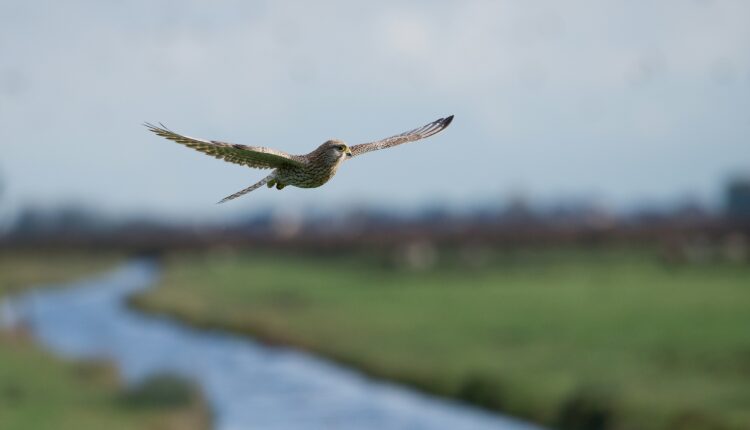
Galls are unusual plant growths caused by insects, fungi, or bacteria— often forming on leaves, stems, or roots. USA Today Network
Not everyone seems to get as excited about galls as I do. A gall is an abnormal growth on a plant. Galls can occur anywhere– leaves, stems or roots and are usually caused by insects, fungi, or bacteria.
Galls are the plant’s response to the organism’s chemicals, which act like growth hormones, causing some sort of enlargement in the plant tissue, creating a home for the organism, and often serve as a source of nutrients. There are so many different types of galls — little wart-like maple leaf galls to those common spherical oak apple galls that look like green balloons with red spots erupting out of oak leaves this time of year. What I love about them is imagining this tiny larva suspended in its dinner. What a life! Look for these on trees near you, but also, if you can, find a field of goldenrods and see how many galls you can find.
Oak trees host an exceptionally large variety of galls. Some estimates suggest that as many as 800 of the known insect-induced galls in the Nearctic region (North America and Greenland) are found on oaks. Goldenrods, particularly recognizable this time of year, also host a large number of galls. Goldenrods are thought to support at least 50 different species of gall-making insects like midges, flies, and moths. The most common is the goldenrod ball gall, caused by the goldenrod gall fly, which creates a golf-ball-like swelling on the stem. Another common type is the bunch or rosette gall, which forms a cluster of leaves at the tip of a stem, caused by a midge. Both of these are easy to find in most goldenrod fields this time of year, and, in my opinion, are super fun to look for.
One of the first goldenrod galls I was ever aware of was the goldenrod ball gall. This one forms in the spring when a tiny fly (Eurosta solidaginis) lays its eggs in the buds at the tip of a goldenrod. There are many species of goldenrod in the Seacoast area, but tiny Eurosta flies lay their eggs in only three of our native goldenrods. When the egg hatches and the larva emerges, it burrows down into the stalk and irritates it enough to thicken the stem into growing a golfball-sized sphere.
All of this extra plant material serves as food for the baby fly. Eventually the larva pupates (transforms into its adult fly-form) and tunnels out of the gall as an adult fly, who completes its life cycle by laying eggs in other young goldenrod plants. This is kind of a win-win; the goldenrod spends some extra energy making that extra tissue, but manages to grow around the gall and produce a flower, completing its life cycle. The baby fly gets a protected home and the food it needs to grow into an adult. I have always been on the lookout for these galls and always wanted to do a lab with my science classes that involved a statistical analysis of the number of goldenrod ball galls in fields that were already infested vs ones that weren’t (there should be a lot more). That hasn’t happened yet, but I keep dreaming.
This fall, I discovered another goldenrod gall. What I love about this one is that I really wasn’t thinking “gall” when I saw it. I had to ask iNaturalist (a phenomenal app that helps you identify anything natural) about it, and it led me to the second, common, goldenrod gall, caused by the goldenrod bunch gall fly (Procecidochares atra). Some describe this one as forming a gall that resembles a cluster of brussels sprouts; to me, they look like a green, leafy flower.
According to the University of Milwaukee’s “Bug Lady,” one of my favorite go-to bug experts, “Procecidochares atra is bivoltine (two generations per season). The spring generation forms a stem gall near the base of an emerging goldenrod, and that gall is polythalamous (containing multiple larvae, as many as 21!). Galls of the late-summer generation are formed above mid-stem, often on the buds , and are monothalamous (each houses a single larva). The galls are leafy rosettes.”
This is what I discovered growing most profusely in my goldenrod patch. These leafy rosettes house larvae that will overwinter (they have antifreeze in their tissues to help survive the cold) and emerge in the spring as adults who will mate and lay eggs in the stems of goldenrod, continuing the cycle.
So, my assumption is that everyone who sees these leafy “flowers” on goldenrod are dying to know what they are. I know I was. Next time you walk past a field of goldenrod, take a look. What do you see? There is so much of the unexpected happening right at our doorsteps.
Susan Pike, a researcher and an environmental sciences and biology teacher at Dover High School, welcomes your ideas for future column topics. Send your photos and observations to [email protected]. Read more of her Nature News columns online at Seacoastonline.com and pikes-hikes.com, and follow her on Instagram @pikeshikes.
This article originally appeared on Portsmouth Herald. Reporting by Sue Pike / Portsmouth Herald

Op-ed: With Lyme Disease on the Rise, NH Needs to Protect Their Forests and Biodiversity
Lyme disease is a dangerous yet alarmingly common phenomenon infecting nearly half a million Americans each year. These infections are particularly...

How to track New Hampshire’s fall bird migration
Learn about six websites that make tracking New Hampshire’s fall bird migration easy. Look up! As the days grow short and the weather turns cold...

Explore 6 of New Hampshire’s natural wonders
From the Emerald Pool to Rhododendron State Park, these six natural wonders in New Hampshire inspire awe. There’s no doubt about it. New Hampshire...

How to upcycle your Christmas tree in New Hampshire after the holidays
Our state has over 200 Christmas tree farms and that means a lot of pines left over after the holidays. I can’t be the only one who feels guilty...

It’s deer hunting season in New Hampshire. Here’s what you need to know.
Take a Class. To become a licensed hunter in New Hampshire, you must complete a hunting safety course either online or in person. Classes are open...

